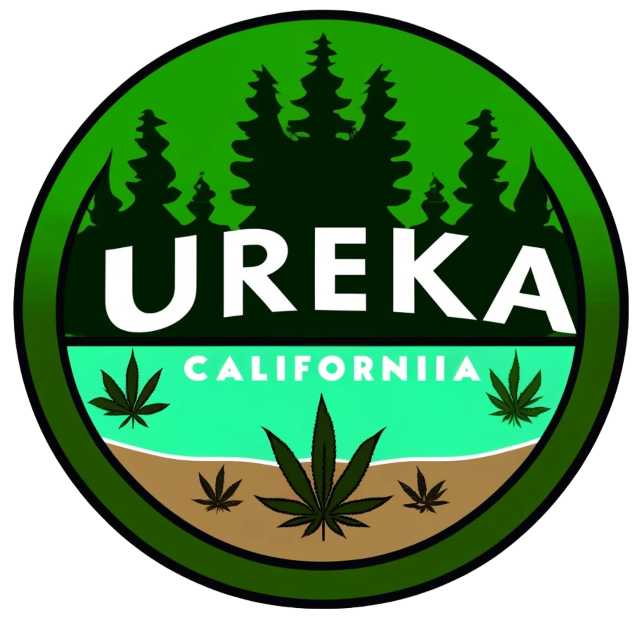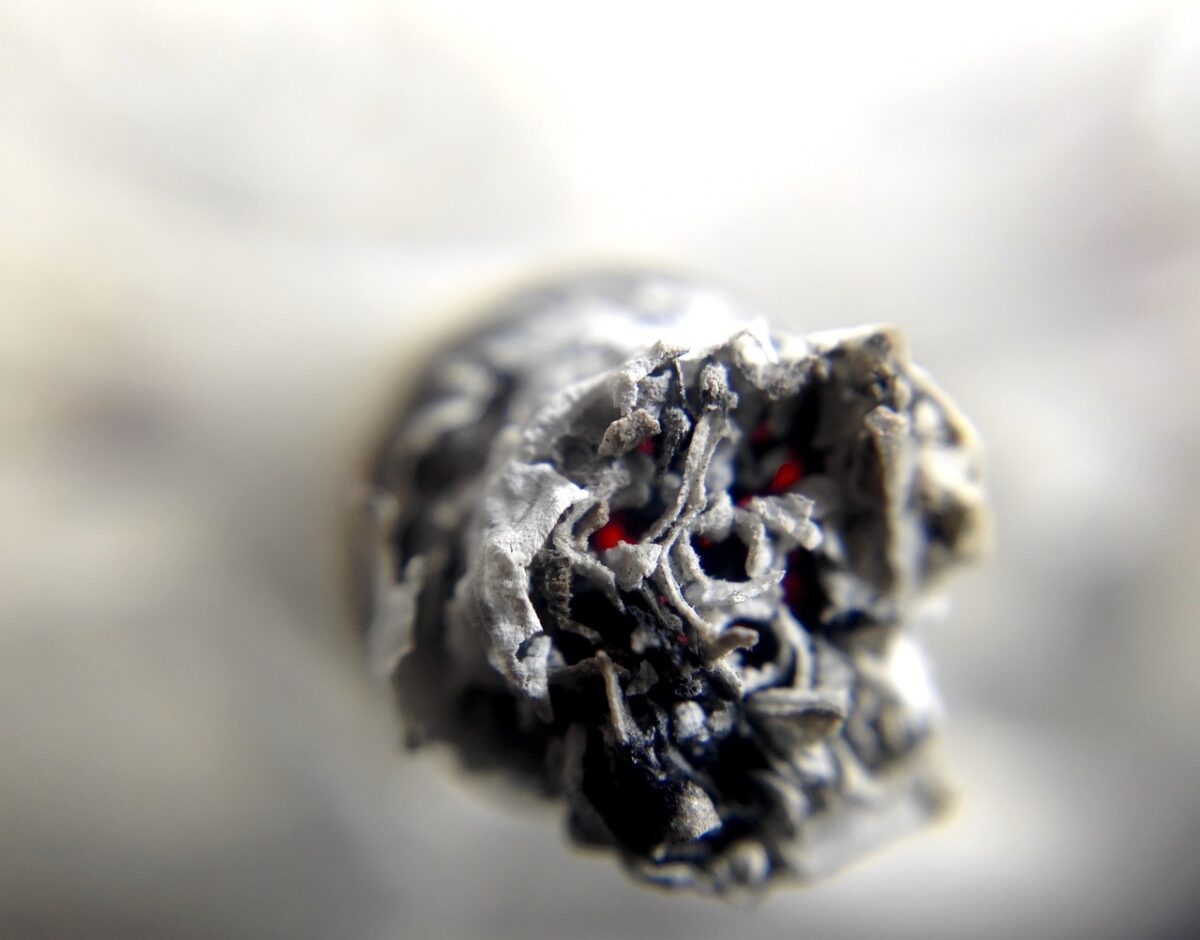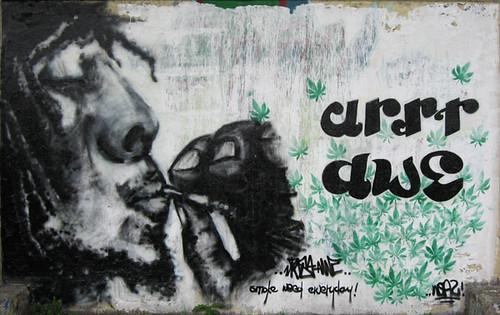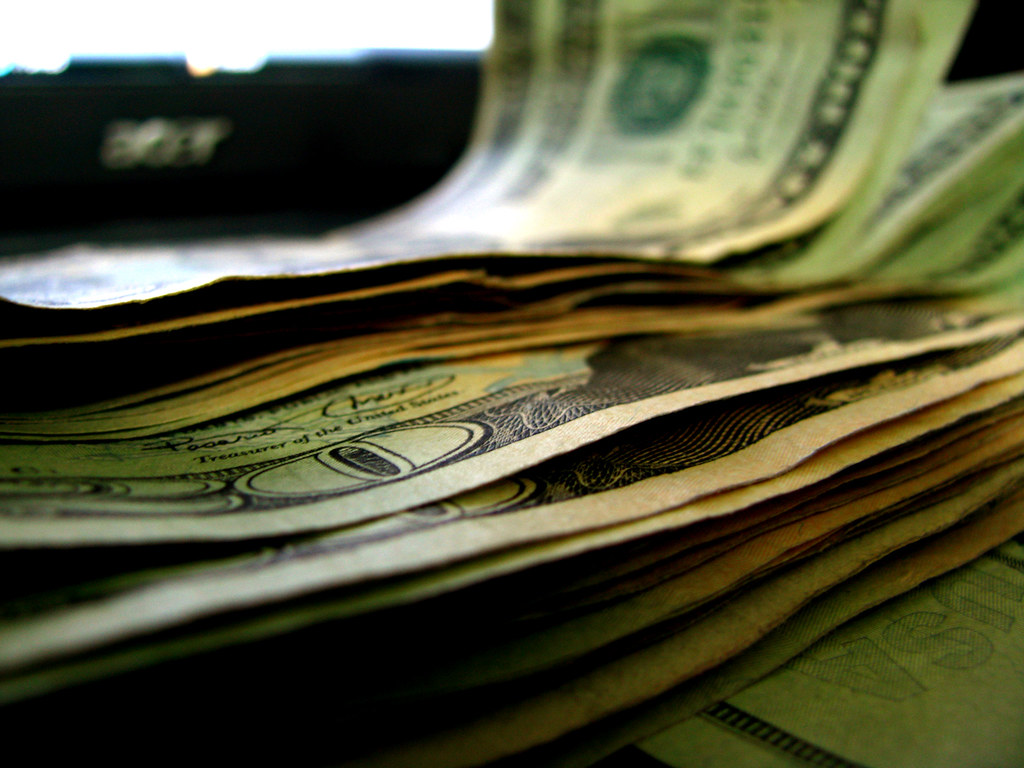CBD’s fame is soaring, and with it, the variety of CBD goodies you can get is growing too. Now, you’re not just stuck with CBD oil. You can pick from creams, salves, gummies, capsules, and more. While some folks like taking CBD oil orally, others prefer rubbing creams or lotions on their skin, especially on sore muscles or joints.
Especially for those who move a lot every day, like athletes or fitness buffs, CBD creams are a hit. They believe these creams do a better job on specific spots than other CBD products. Even the beauty world has hopped on board, making CBD creams quite the talk.
CBD cream isn’t the same as CBD oil. You swallow oils, but you rub cream right onto your skin. This lets it tackle certain spots more directly. No matter how you use CBD, it still works with your body’s system to keep everything in balance.
What’s Good About CBD Cream?
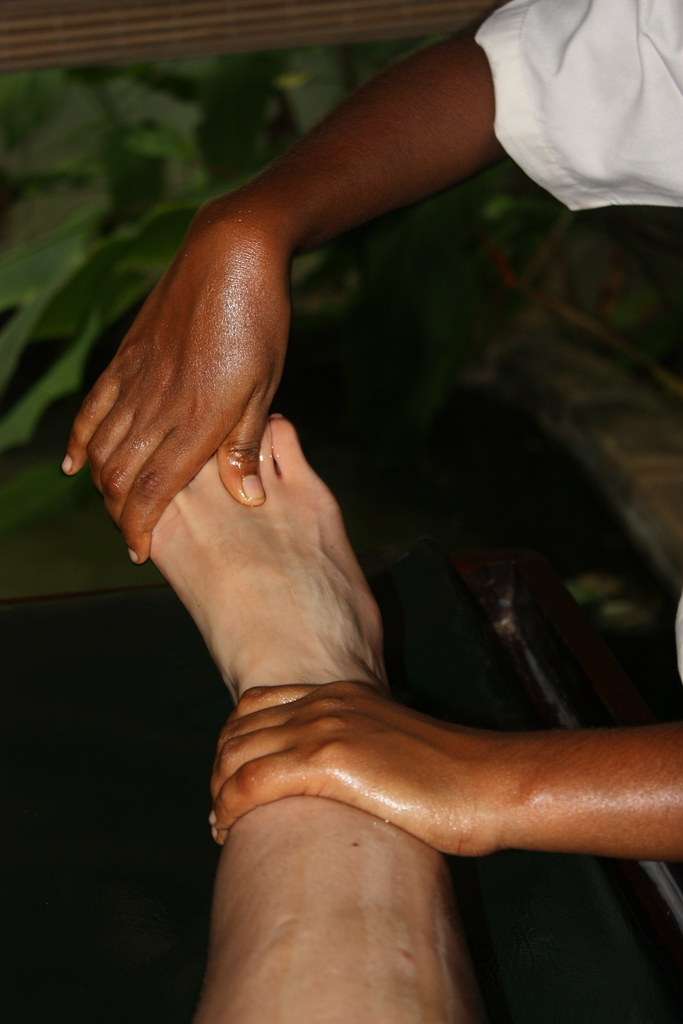
Imagine you’re holding a jar of CBD cream. You dip in a fingertip and get a bit of it. Brands like Quiet Monk CBD mix cool stuff into their creams and salves to make them even better. For example, Quiet Monk CBD’s roll on warms up and then cools down the skin, making it great for tough spots. If you want something lighter, their Topical Cream is perfect. It’s smooth, not sticky, and has no scent. Both kinds of products are aimed at nourishing your skin and targeting specific muscles or joints.
How to Apply CBD Cream: Easy Tips
Using CBD cream is straightforward which is different than a marijuana cream. Just dab a little on the spot you want to treat and massage it into clean skin until it’s all in. CBD creams are rich and fancy but not oily. They’re awesome for making your skin feel great. Some creams also pack in vitamins and oils to tackle dry or dull skin, and they might have essential oils for a nice natural scent.
Start with a small amount and see how it goes. You can always use more or try a stronger version if you need to.
Mixing CBD Cream into Your Daily Routine
Adding a cream to your usual CBD oil or gummies can be super helpful for specific areas. Use it after your shower or any time your skin is clean and not sweaty. Keep your CBD cream somewhere handy, like the bathroom, your nightstand, or your desk.
Picking the Best CBD Cream
Choosing the right CBD cream means doing a little homework on the product and the brand. Since there are tons of choices out there, not every product is top-notch. Look at the ingredients and check out the brand’s lab reports. Seeing where they get their hemp and how they make their products is key. Plus, read reviews and see what experts say.
Watch out for brands that promise the moon or have super low prices. They might not be giving you the good stuff. Look for creams with ingredients that help get the CBD into your skin.
Wrapping Up: CBD Creams and Your Routine
CBD creams are a sweet addition to any CBD routine. They’re not just good for dry skin but can also focus on specific muscles and joints from the outside. While CBD oils work from the inside, creams tackle things from the surface. They’re easy to use and great for managing minor aches. As with any CBD product, spending time on research is smart. Knowing what you’re buying can save you from picking something less than great.
